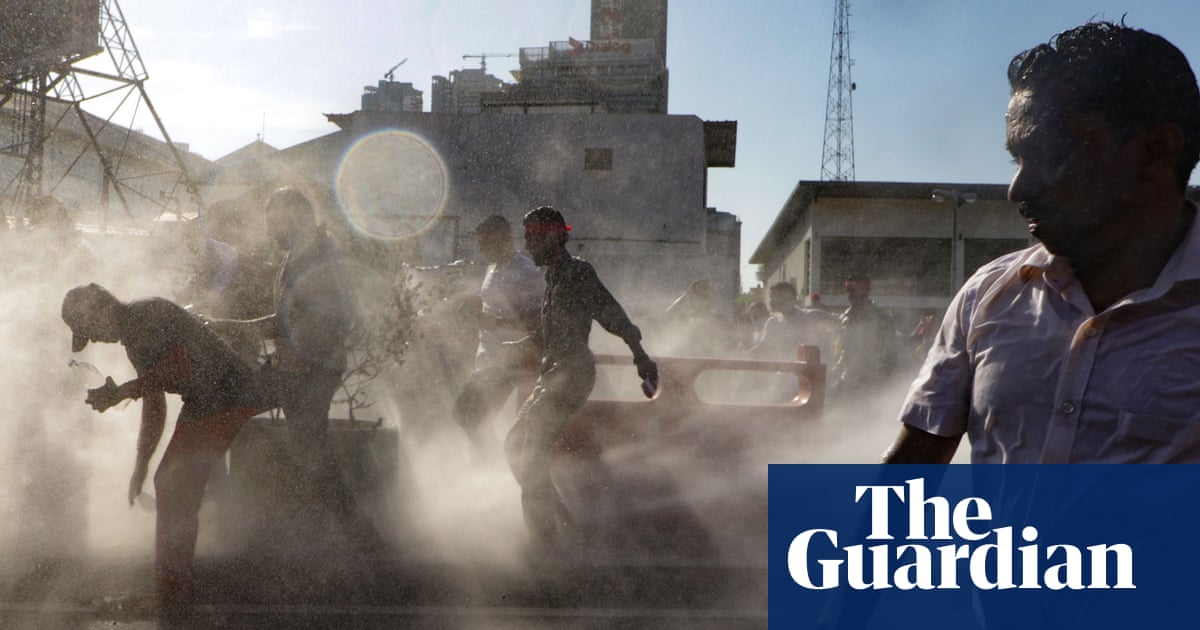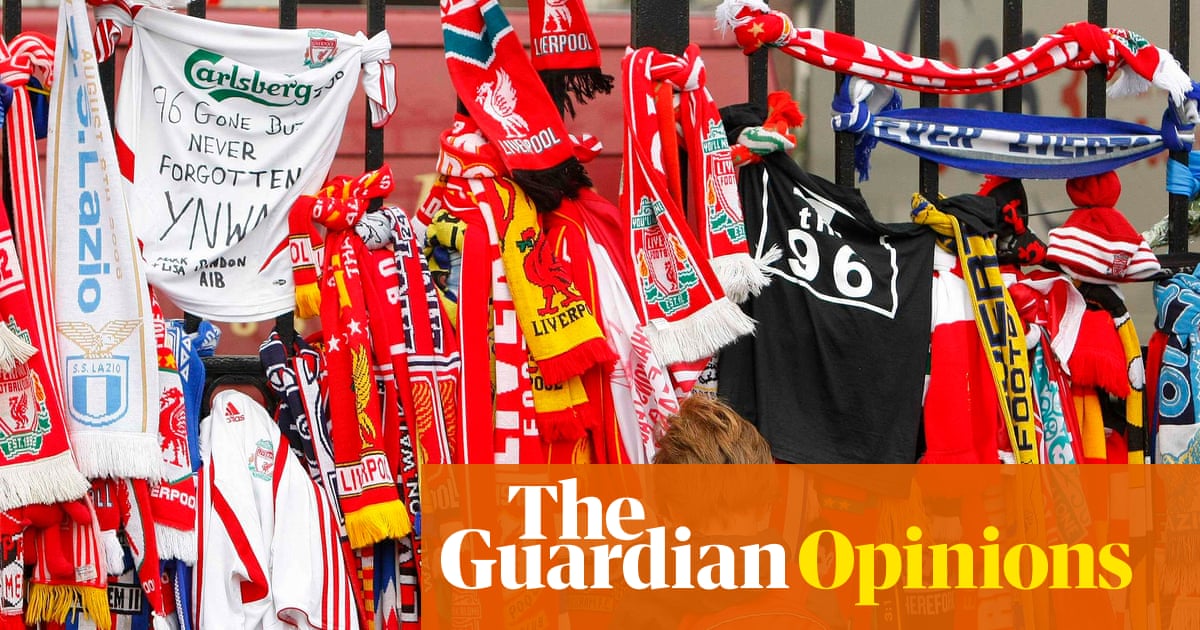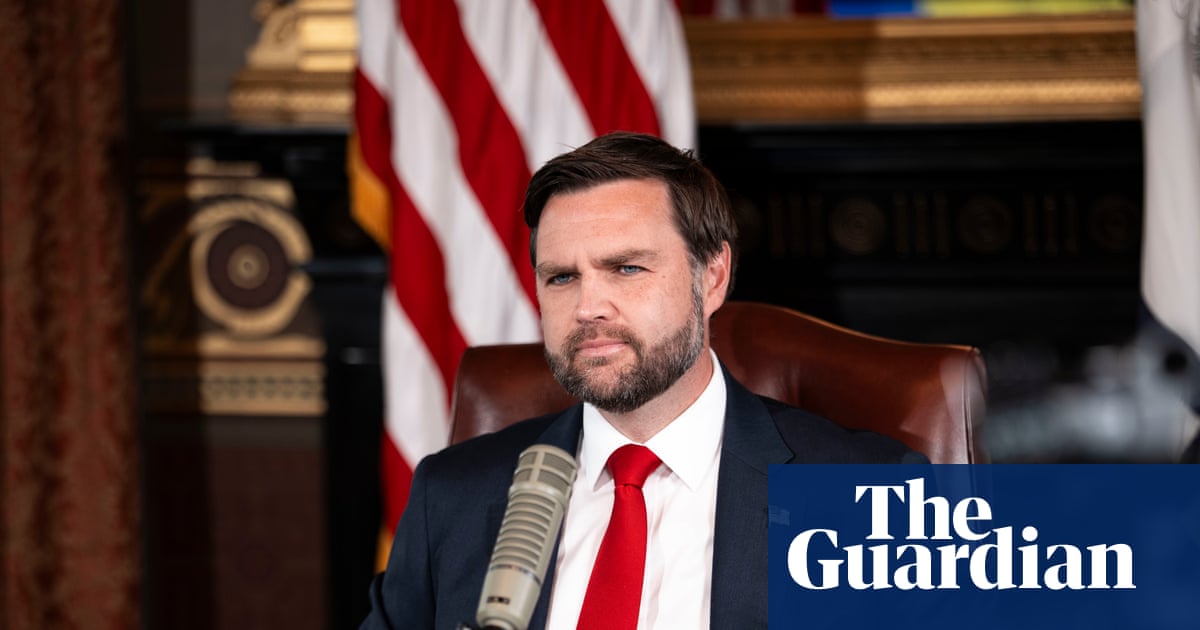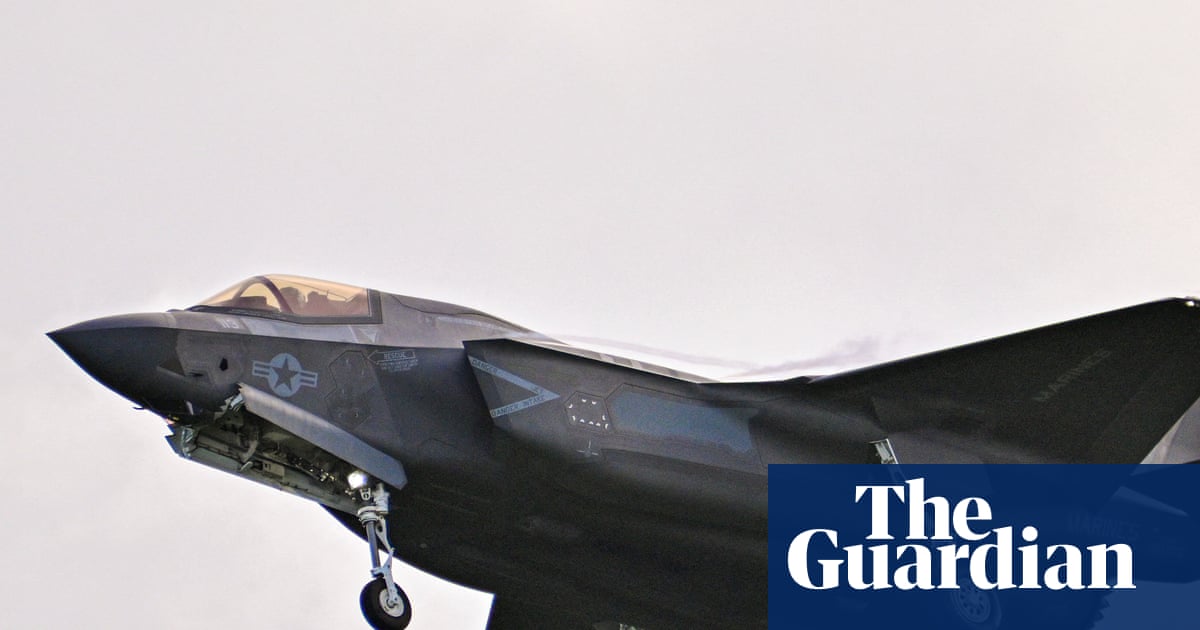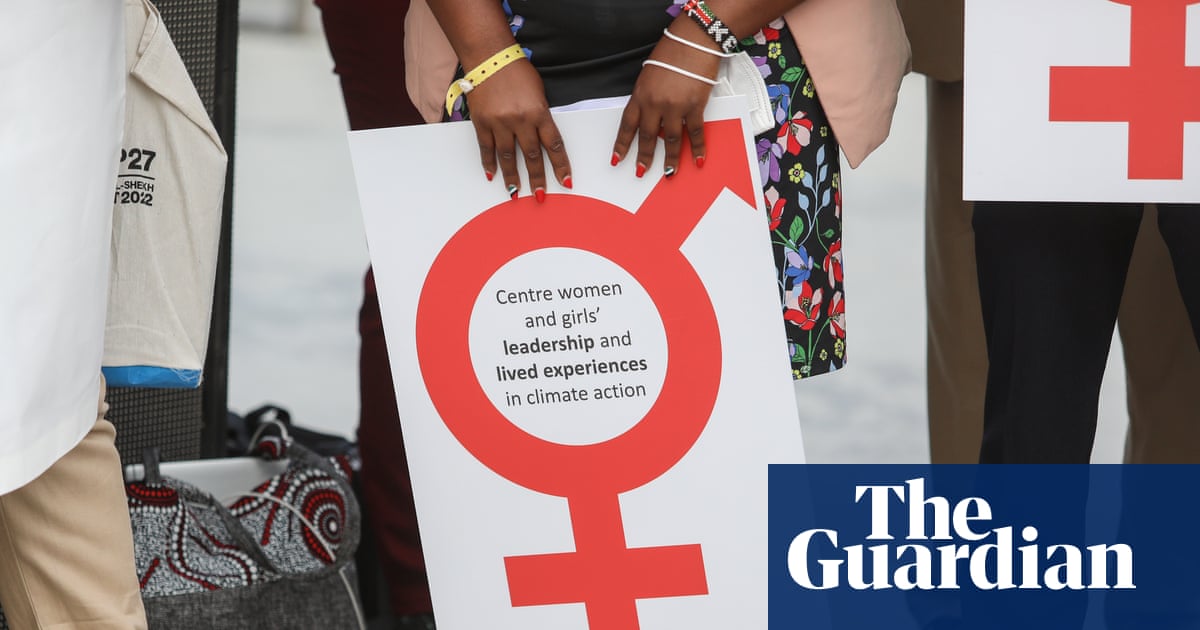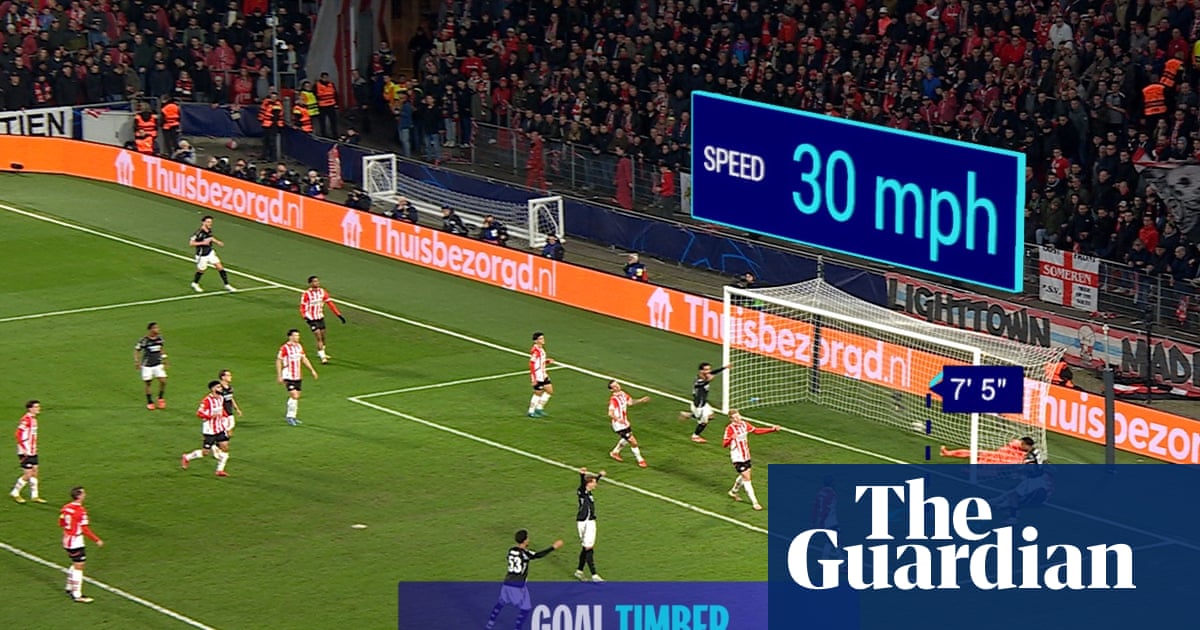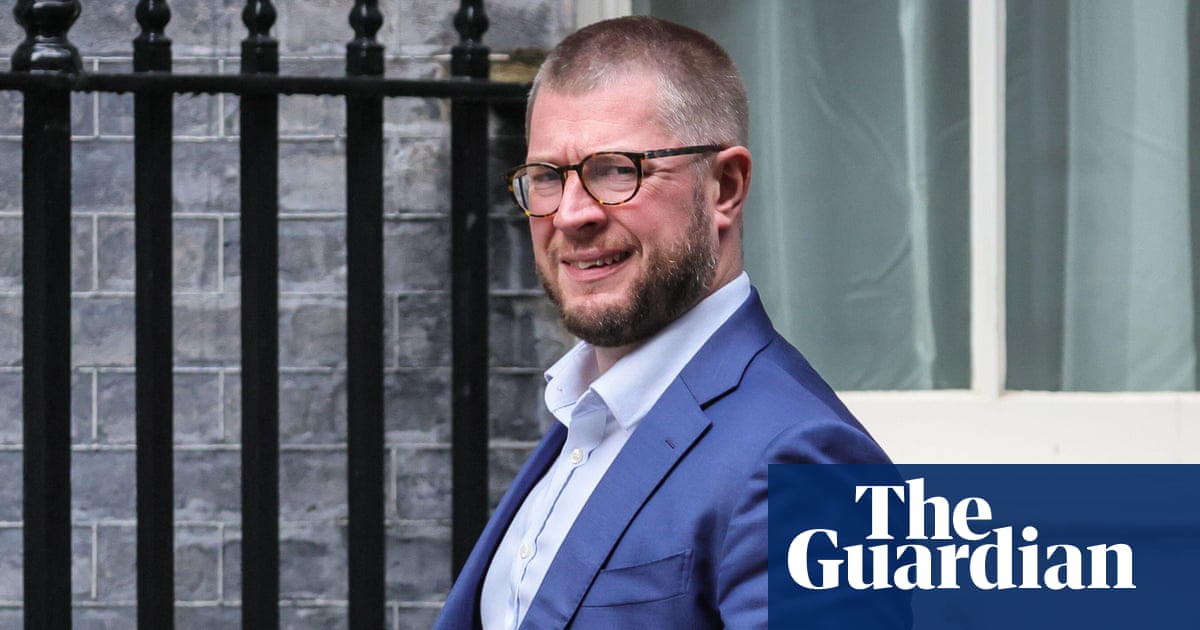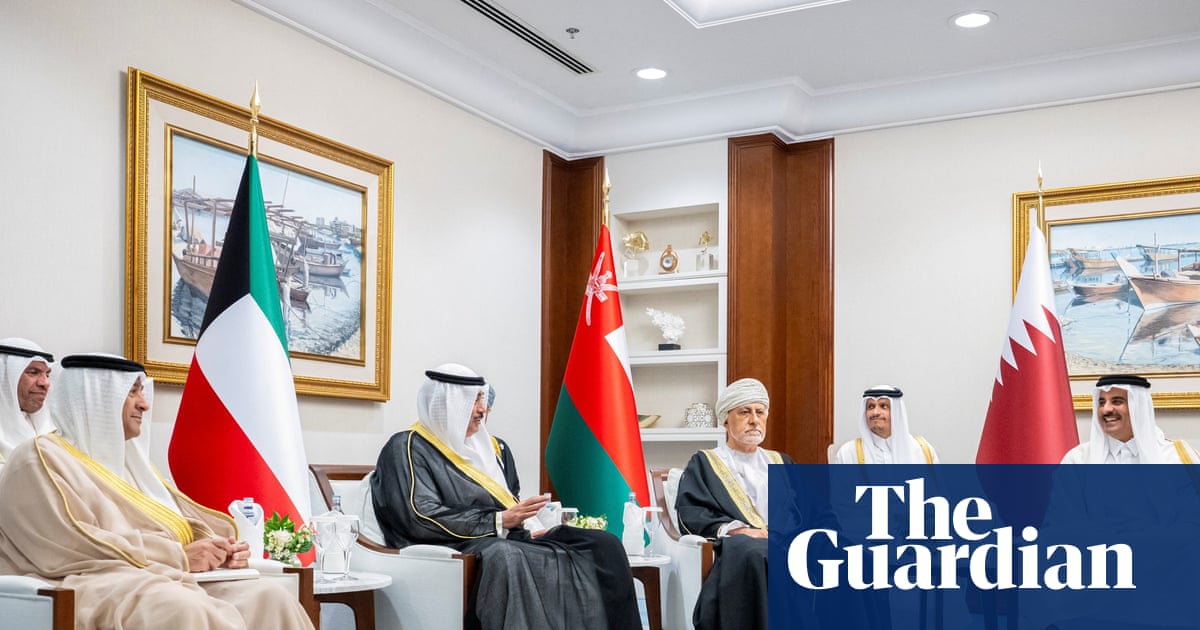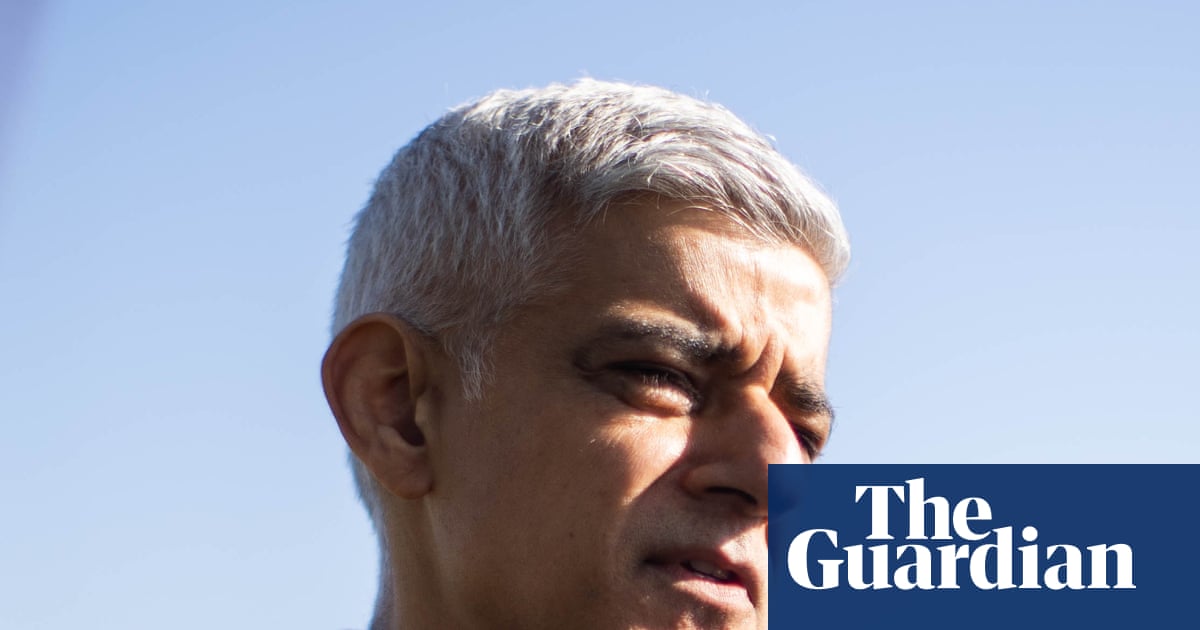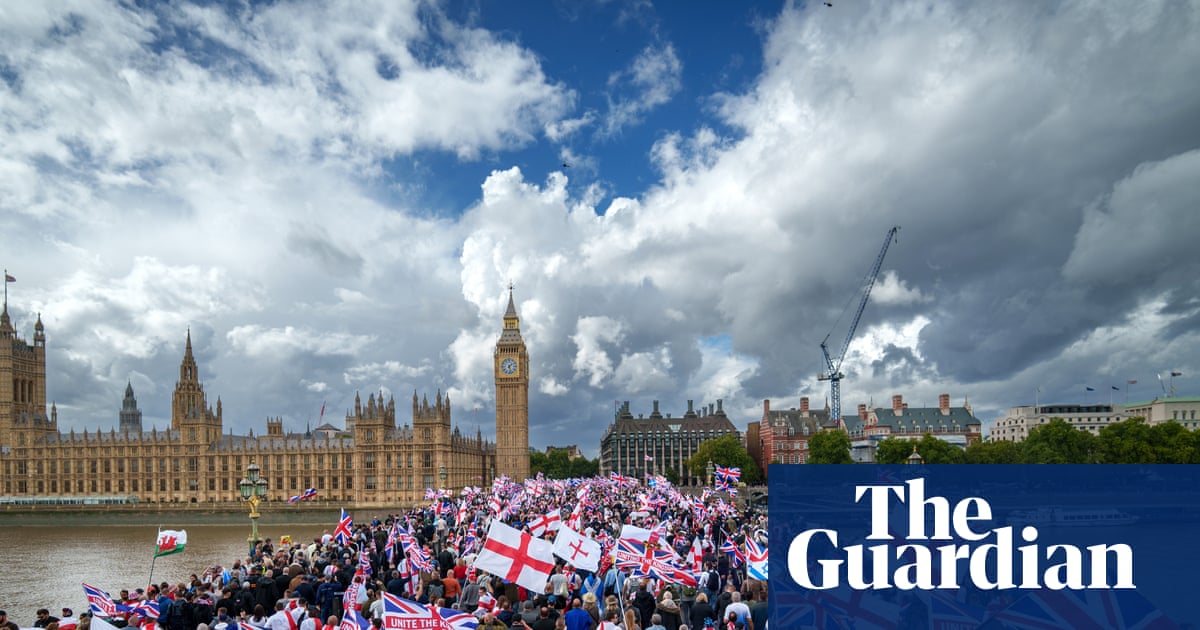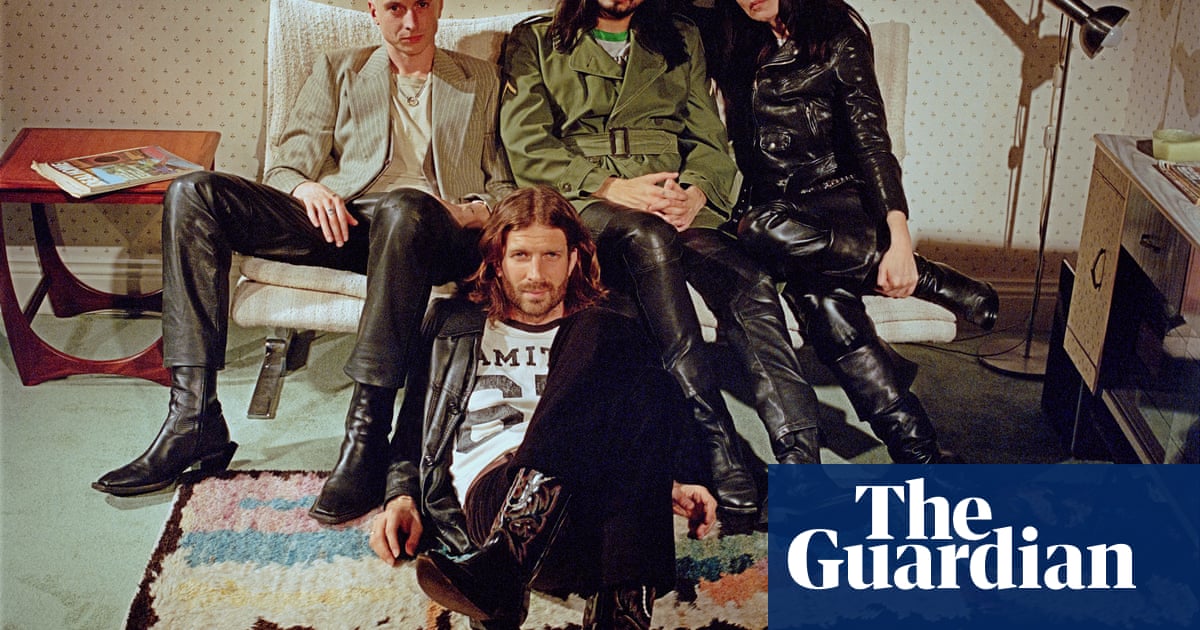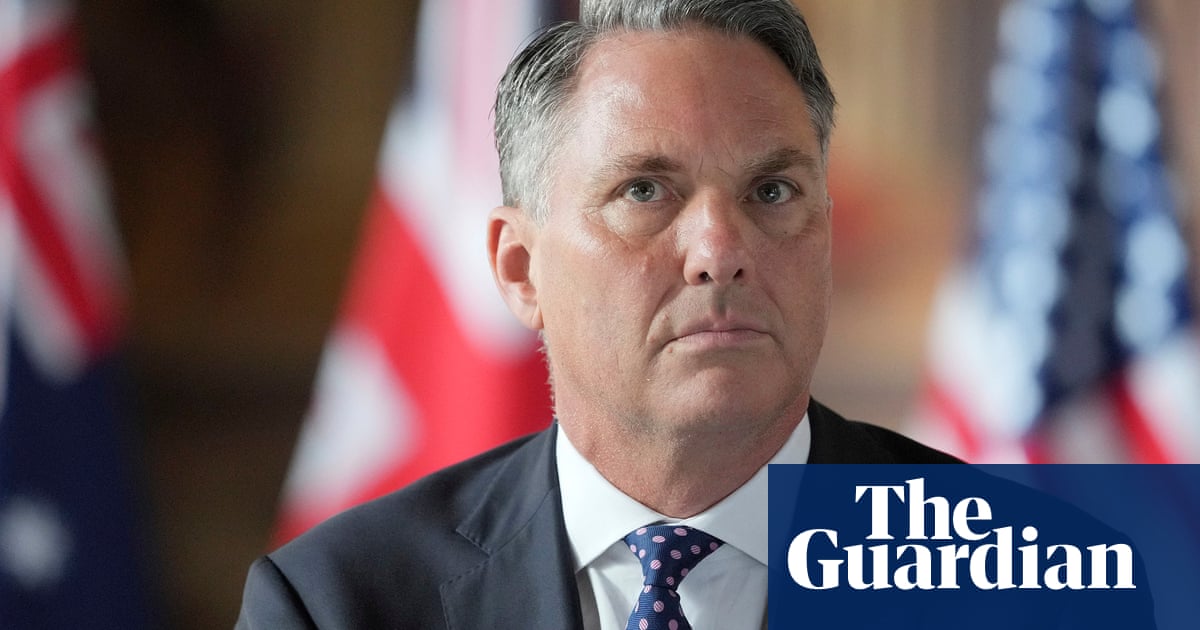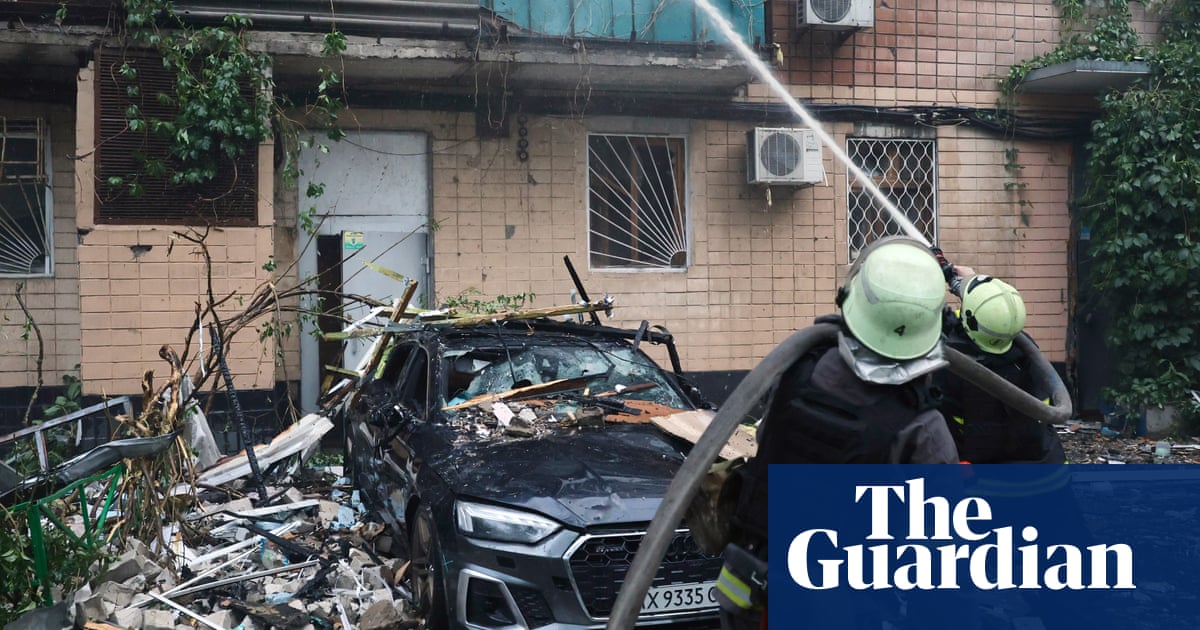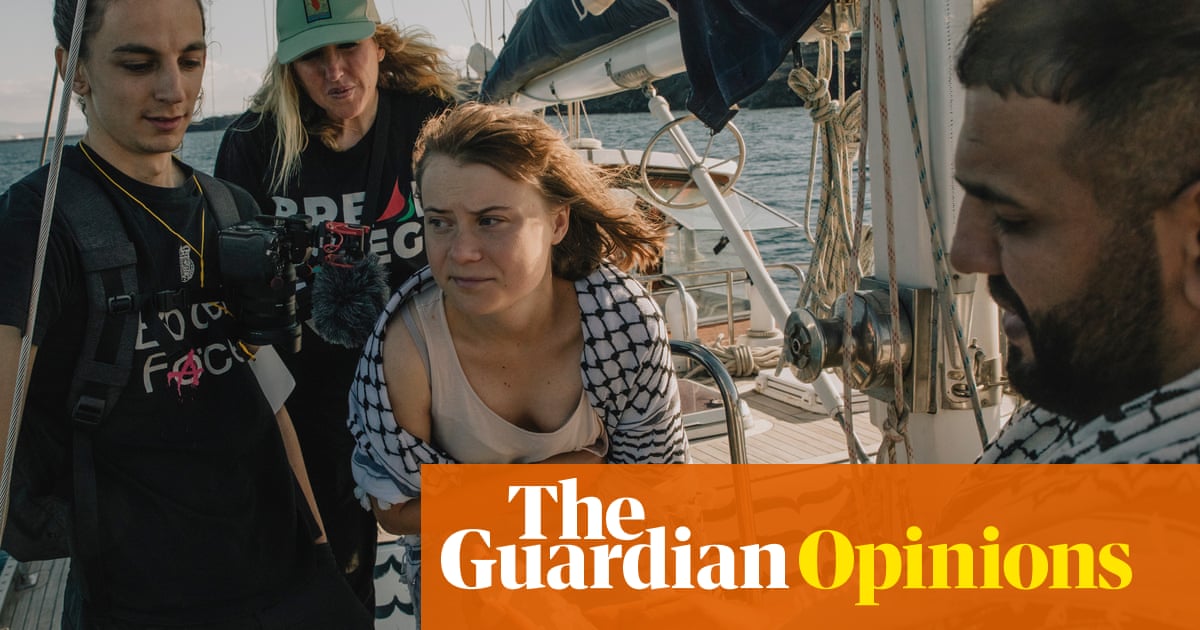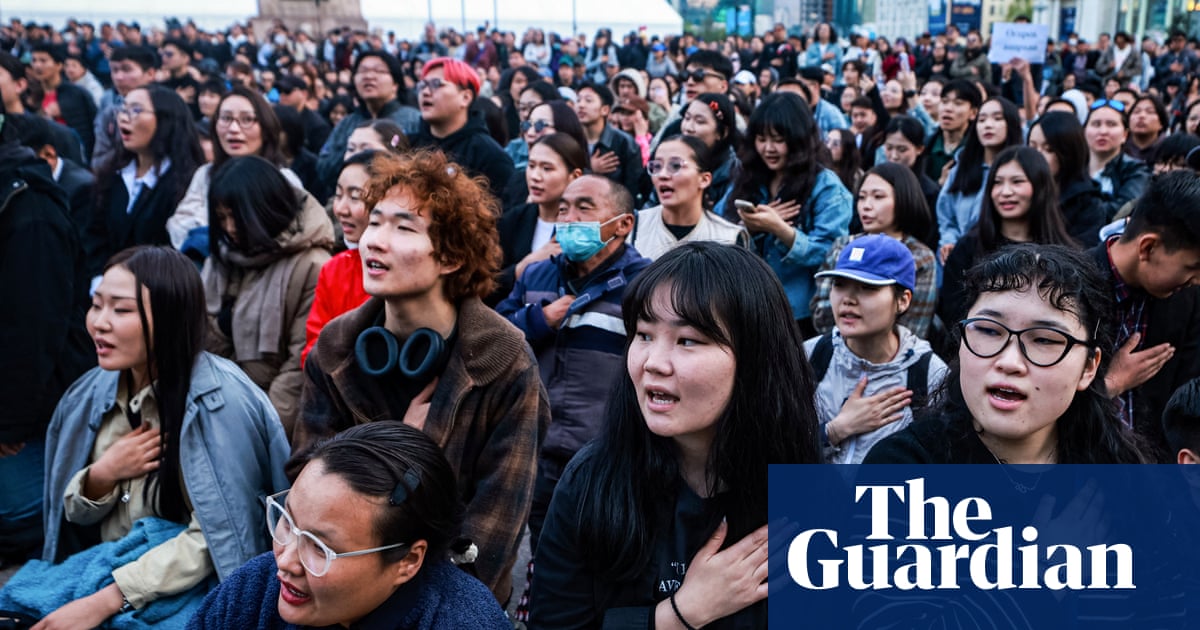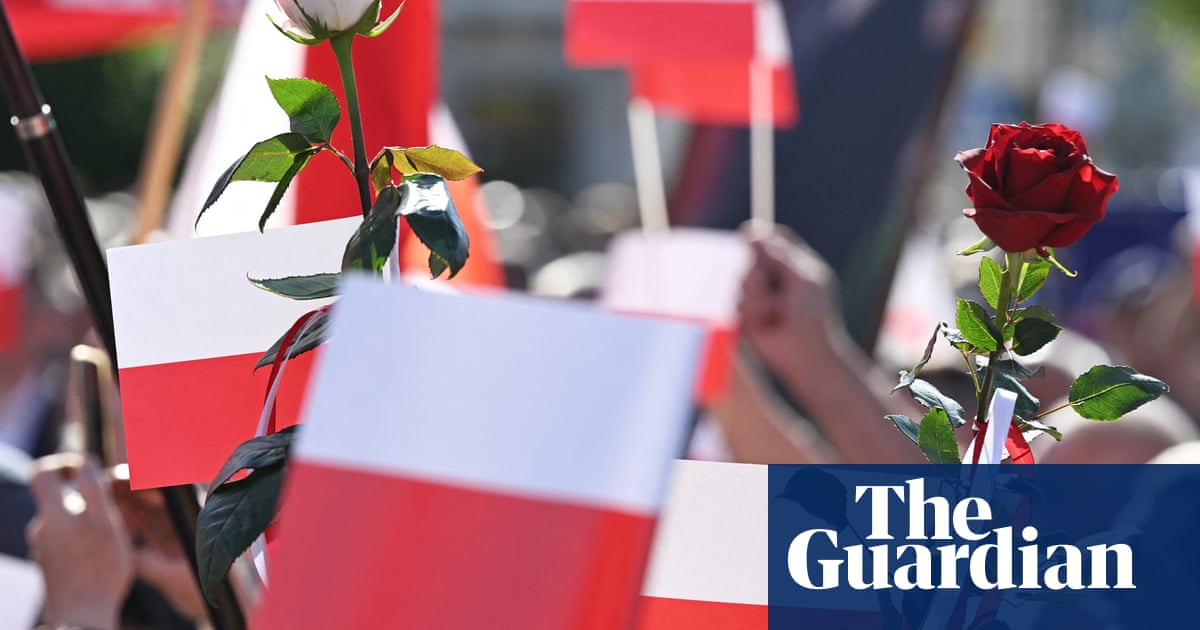European leaders – who have promised to impose “massive” new sanctions on Russia after Vladimir Putin’s rejection of a ceasefire in Ukraine – face the prospect of having to introduce their planned expansion of economic restrictions on the Russian war economy without the United States.
European hopes that Donald Trump might increase the pressure on the Kremlin were dashed after the US president’s two-hour inconclusive phone call with Putin on Monday. Trump did not follow through on previous threats to introduce “large-scale” sanctions on Russia if there was no ceasefire, but instead extolled the prospect of restarting trade with Moscow.
“Russia wants to do largescale TRADE with the United States when this catastrophic ‘bloodbath’ is over, and I agree,” Trump wrote on social media. Ukraine, he added, “can be a great beneficiary on Trade in the process of rebuilding its Country”.
For Europe, the question is: what next? This week the EU approved its 17th round of sanctions against Russia, which had already been in the pipeline weeks before the latest ultimatums to Putin came and went. These were a more incremental set of measures than earlier rounds, as the EU finds it harder to agree new targets, with each sanction requiring unanimity and many big measures that command consensus having already been agreed.
On Tuesday the EU added dozens of Russian business people and companies to its sanctions list, bringing the total number of individuals and entities under asset freezes and travel bans to more than 2,400. It also said it had imposed the largest-ever package targeting Putin’s shadow fleet, poorly maintained tankers using flags of convenience that enable Russia to sell oil to countries such as India, in defiance of western restrictions.
After the G7 and EU banned companies on their territories from selling or supporting sales of Russian oil above $60 a barrel, European shipping companies sold dozens of ageing vessels that could be re-registered abroad in places such as India, Hong Kong, Vietnam or Seychelles that are not participating in the economic sanctions against Moscow. These vessels enable Russia to sell its oil above the price cap.
A further 189 vessels were banned from accessing EU ports and services such as insurance in an effort to stop the trade, bringing the total number of ships under sanctions to 342.
But for several EU countries the measures are insufficient, especially as the shadow fleet continues to grow. One EU diplomat estimated that Russia had about 800 vessels in its shadow fleet, compared with only 100 two years ago.
Even before these measures were finalised, the European Commission president, Ursula von der Leyen, said the EU was preparing “hard-hitting sanctions” targeting Russian energy and banks, including measures against the Nord Stream 1 and 2 gas pipelines. Nord Stream 1 was rendered unusable after a series of underwater blasts for which no one has ever claimed responsibility; Nord Stream II never received a licence. But Russia has expressed interest in reviving the gas projects connecting Russia and Germany. “The idea [of sanctions] is to dissuade any interest, notably interest from investors, from pursuing any activity in Nord Stream in the future,” von der Leyen’s spokesperson said.
As well as financial sanctions and clamping down on more shadow fleet vessels, the commission is also looking at lowering the $60 oil price cap.
The plans fall short of what Ukraine and its strongest allies in the EU would like. EU countries, such as those in the Nordic and Baltic regions, would like the bloc to move urgently to cease buying Russian gas – earlier this month the commission proposed phasing out all Russian gas by the end of 2027. For now, the EU remains Russia’s largest buyer of liquified natural gas, with much of the energy eventually going to Germany, via Belgian ports.
Ukraine is arguing for sanctions on foreign countries that buy Russian oil, according to leaked documents from Kyiv seen by Reuters, which was reported on Wednesday. Such secondary sanctions, which could hit large importers such as China and India, would be a significant step. The EU has so far limited itself to imposing sanctions on a few relatively small companies in China and other states that have been supplying Russia with military technology. Ukraine would also like the oil price cap reduced to $30 a barrel.
Questions are growing about what the EU can do without the US – the price cap was agreed by the G7, which includes Washington. Kaja Kallas, the EU’s foreign policy chief, has described the oil price cap as “the most important” measure in the 18th package, because of the role fossil fuels play in keeping the Russian economy afloat. She cited reports on the state of the Russian economy, which, she said, “is not doing well”.
If the US moves to ease sanctions on Russia, EU insiders fear European unity could fracture. Hungary, which has routinely threatened to block sanctions, could veto the bloc’s sanctions on the Russian economy when they are up for renewal in July, an explosive move that could end the restrictions on €210bn Russian central bank assets frozen in the EU.
Some EU countries, notably including a couple of Baltic states, could reimpose sanctions at national level, but many countries do not have the legal framework. Officials are looking at other ways to “Hungary-proof” sanctions, such as imposing capital controls and steep tariffs on Russian economic sectors, rather than sanctions. EU trade policy operates on qualified majority votes, while sanctions require unanimity. But everyone still hopes to avoid this plan B.

.png) 3 months ago
39
3 months ago
39
